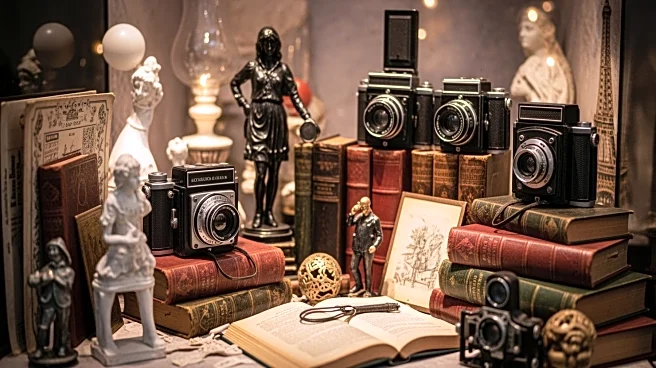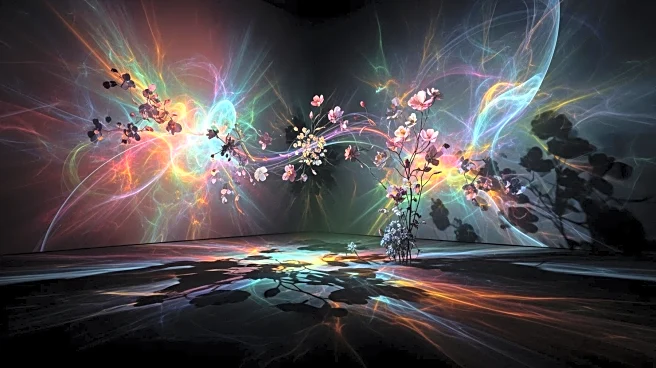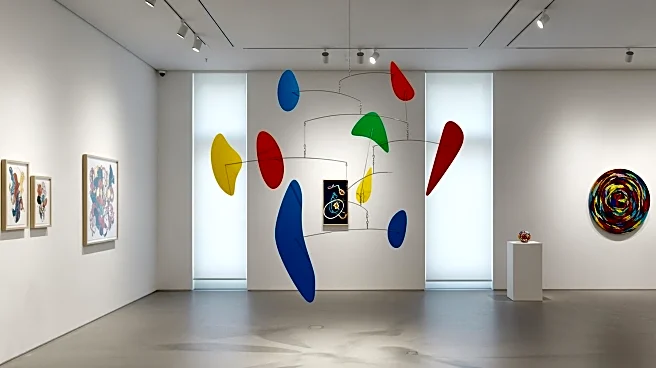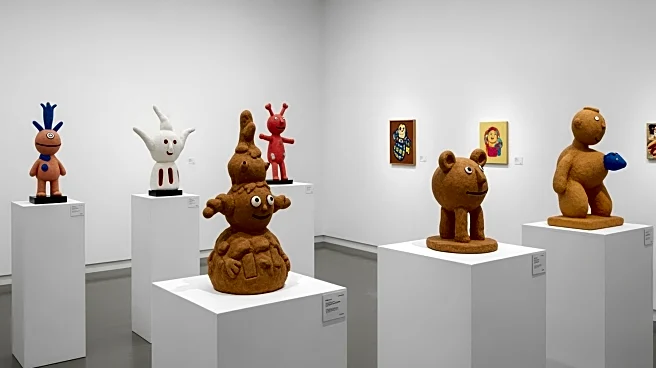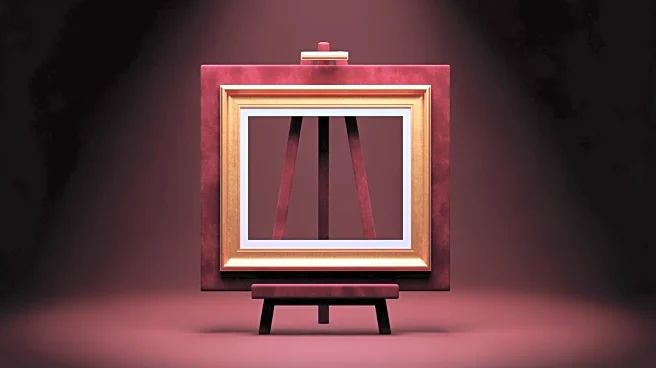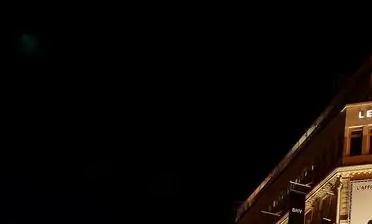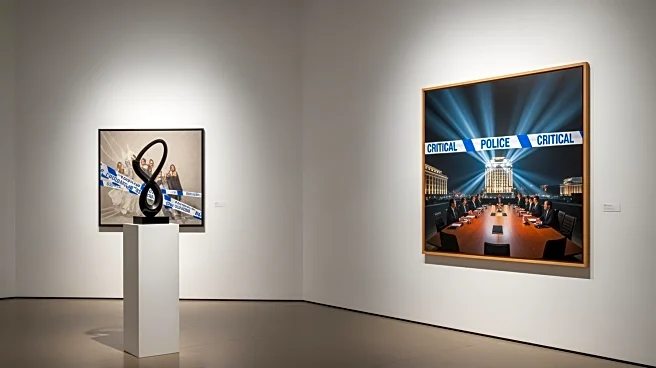What's Happening?
Filmmaker Wes Anderson is set to recreate the New York studio of artist Joseph Cornell in Paris this Christmas. The exhibition will be held at the Gagosian Gallery's storefront space on Rue de Castiglione,
featuring around 12 of Cornell's most recognizable works, including his shadow boxes. The display will coincide with Cornell's birthday on December 24, a date significant to the artist as his works were often showcased during the Christmas season. The exhibition aims to capture the spirit and atmosphere of Cornell's studio, rather than a direct replica, with Anderson and curator Jasper Sharp sourcing objects similar to those Cornell collected. The exhibition will be a window display, allowing visitors to view the assemblages without entering the gallery.
Why It's Important?
This exhibition highlights the intersection of film and visual art, showcasing how Anderson's cinematic style is influenced by Cornell's meticulous and detailed art. It offers a unique opportunity for art enthusiasts to experience Cornell's work in a new context, potentially attracting a diverse audience interested in both film and art. The event also underscores the cultural significance of Cornell's work, which has influenced various artists and filmmakers. By recreating Cornell's studio in Paris, Anderson pays homage to the artist's legacy, bringing attention to his contributions to the art world and his unique approach to assemblage art.
What's Next?
The exhibition is expected to draw significant attention from both the art and film communities, potentially leading to further collaborations between filmmakers and visual artists. It may also inspire other artists to explore similar interdisciplinary projects, blending different art forms to create new experiences. The exhibition coincides with a show of Anderson's archives at the Design Museum in London, which may further enhance interest in his work and influence.
Beyond the Headlines
The exhibition raises questions about the preservation and interpretation of historical art spaces, as Anderson's recreation is not an exact replica but rather an homage to the atmosphere of Cornell's studio. It also touches on themes of memory and imagination, as Cornell's studio was largely invisible to the world, preserved only in photographs. This project invites viewers to consider the role of imagination in art and how spaces can be reimagined to evoke the spirit of the original.
